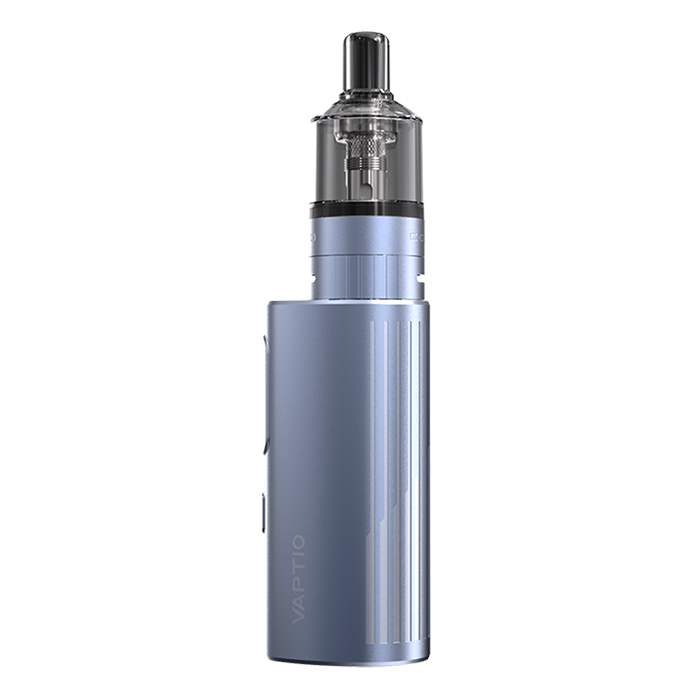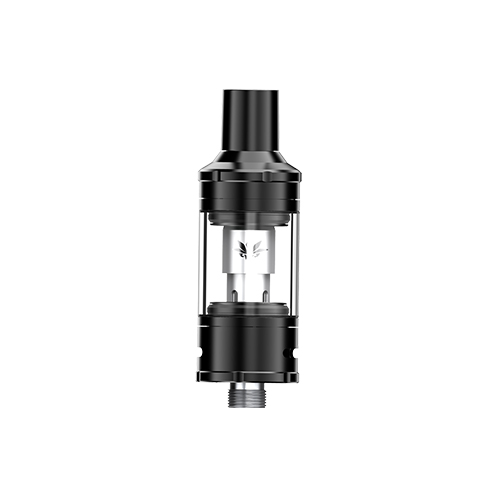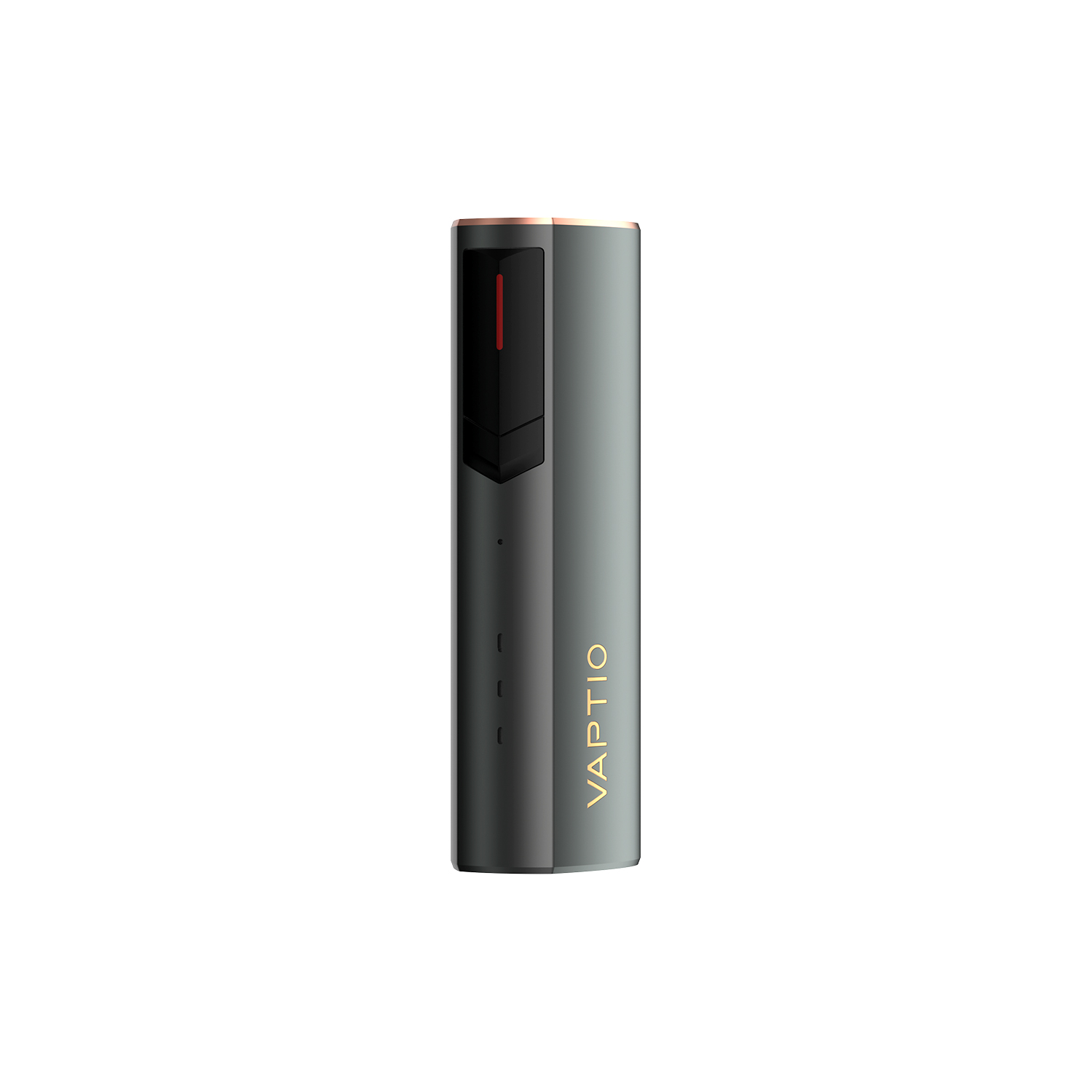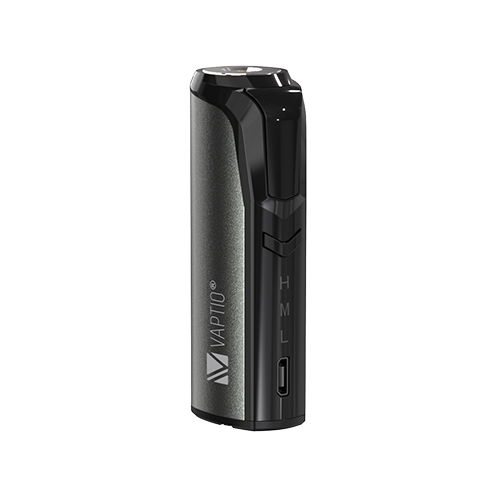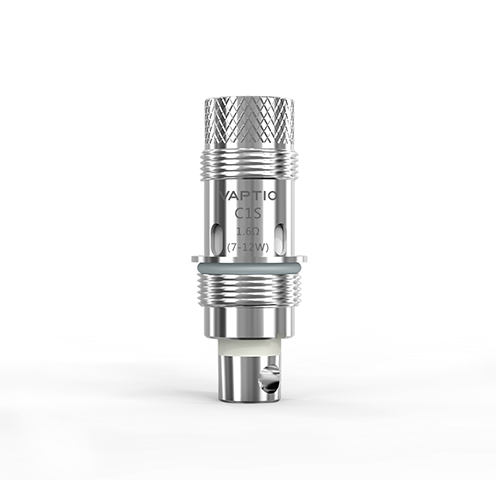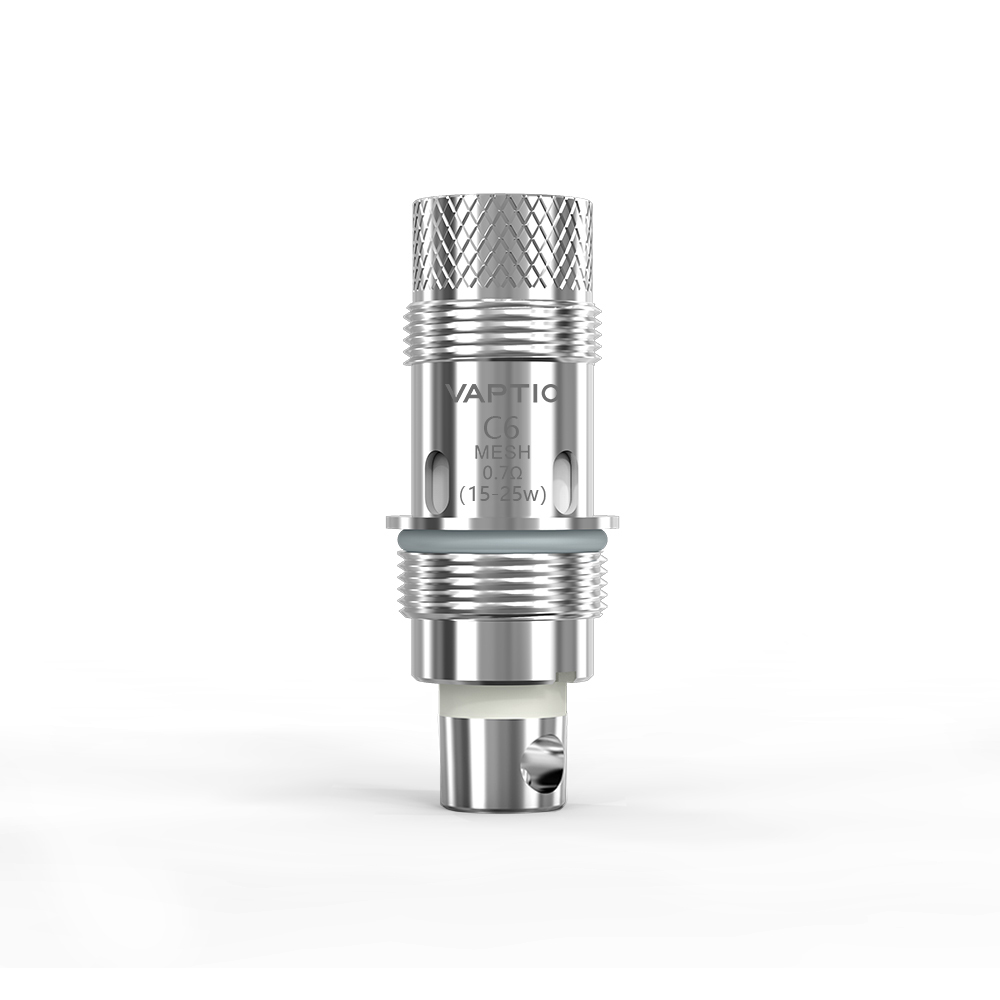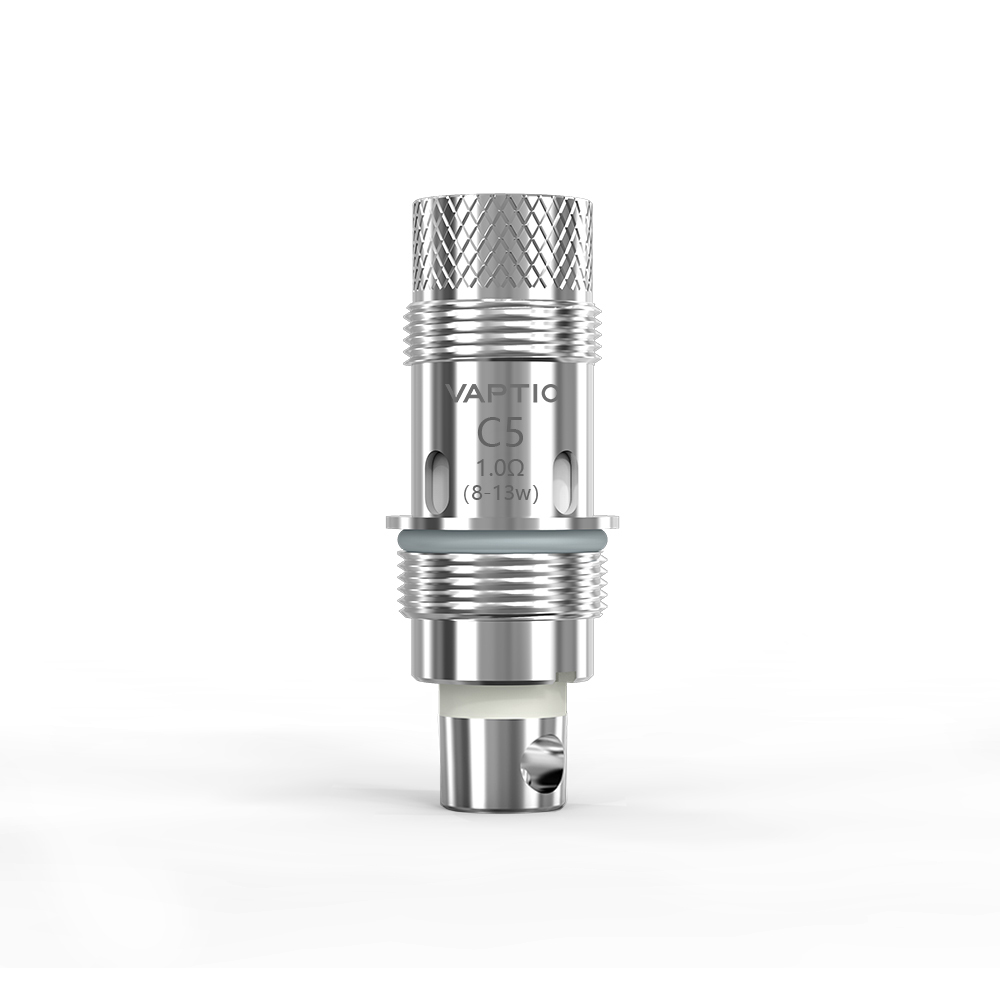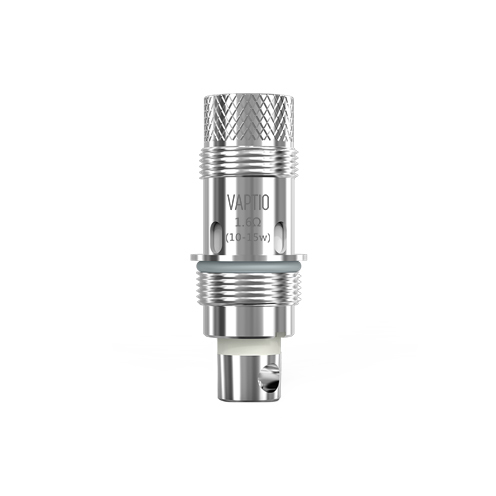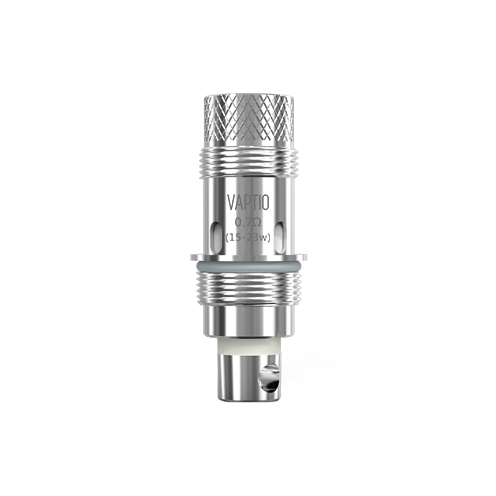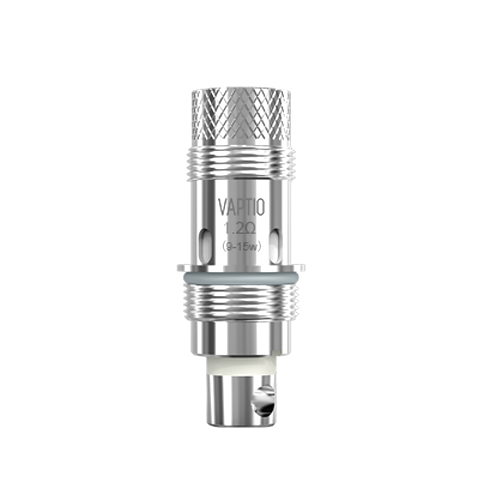In “What do anesthesiologists need to know about vaping?”, John Oyston presents vaping in a balanced manner for Canadian anaesthesiologists.
Oyston points out that although there is an estimated 4.6 million Canadians vaping at least once, the media has whipped up a frenzy over the potential health risks of recreational vaping among teenagers. It has also used the recent EVALI/black market THC lung injuries in the United States to further stoke the fires of fear.
Most vapers are smokers who are using vaping as a more effective way to quit smoking, although Oyston limits that to “some vapers”. Where his piece starts to get into its stride is when he informs Canada’s anaesthesiologists that vape is, “less toxic than tobacco smoke from combustion. Some toxins, notably carbon monoxide, are completely absent from vape; others are present at much lower concentrations than in cigarette smoke.”
He goes on to cite Public Health England, explaining: “The health risks of vaping with e-cigs is unlikely to exceed 5% of the risk of smoking tobacco cigarettes. The risk of cancer from vaping is estimated to be 1% of the risk from smoking.”
During the preoperative assessment, anaesthesiologists “should ask about vaping in the same way that they ask about smoking”, says Oyston, in order to find out if they previously smokers and have possible tobacco-related chronic health issues.
He says the conversation can be opened up in a non-threatening manner by asking vapers about the types of flavours they use. But just look at what he has to say on the subject of eliquid flavours: “Smokers who are using vaping as a way to quit smoking should be encouraged to use non-tobacco flavoured e-liquids, so that they transition away from the smell and taste of tobacco, and are less likely to relapse into smoking.”
“Smokers using vaping to quit should be encouraged to slowly wean themselves down, over several months, to the lowest level they can tolerate without craving tobacco, and ideally to eventually quit vaping. Nevertheless, some people may need to use e-cigs indefinitely to avoid relapsing into smoking.”
While the Orthopaedic Institute Pain Management Centre of Western Kentucky has taken its prohibitionist stance, Oyston points out: “There is no evidence about the risks of perioperative vaping. It is unknown if there is any benefit in quitting vaping preoperatively or if switching from smoking to vaping reduces perioperative risk.”
He advocates that postoperative vaping patients should not be denied access to nicotine products either, suggesting the use of NRT products, “while they are confined to a ‘No Smoking/No Vaping’ area such as a hospital or long-term care facility.”
Ultimately, Oyston believes anaesthesiologists should be more concerned about the damage smoking causes, “so we should … be supportive of adult smokers who are using vaping as a way to quit smoking or reduce harm.”
https://www.planetofthevapes.co.uk/news/vaping-news/2020-08-13_vaping-for-anaesthesiologists.html






